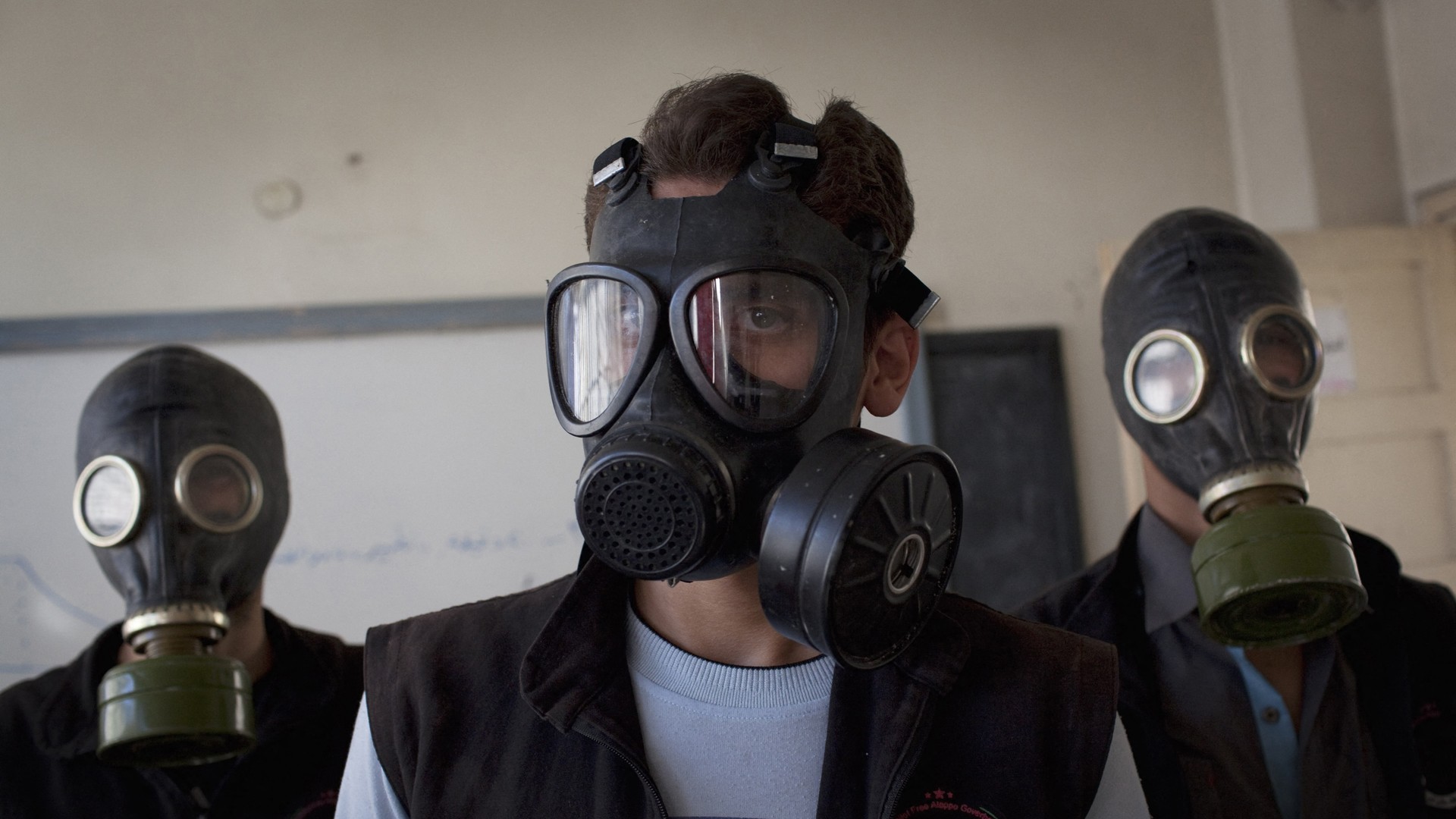
More than 100 chemical weapons sites may still exist across Syria, according to the Organization for the Prohibition of Chemical Weapons (OPCW), reported by The New York Times (NYT).
This is the first time an estimate of this scale has been made public, surpassing all previous figures disclosed by the former government led by Bashar al-Assad.
The suspected sites, believed to have been used for the research, manufacturing, or storage of chemical agents such as sarin, chlorine, and mustard gas, represent a pressing challenge for the new Syrian government.
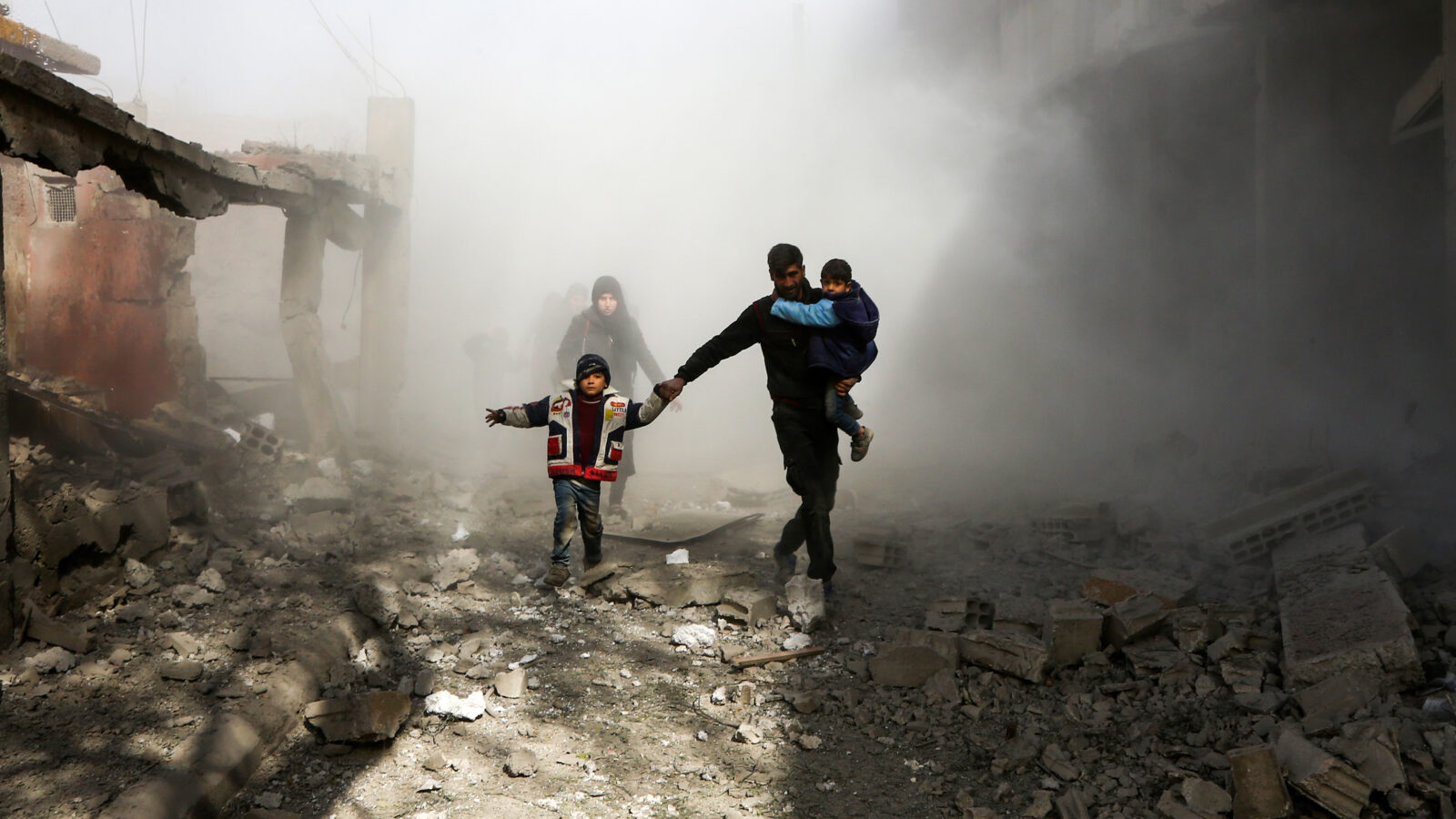
The OPCW is pushing for full access to inspect the sites and determine the condition of potential stockpiles. Intelligence provided by member countries, non-profit groups, and independent researchers has shaped the current estimate.
Some of the facilities are thought to be hidden in caves or areas inaccessible by satellite imagery. Experts believe the Assad regime concealed many locations from international inspectors before its fall.
"There are many locations that we don’t know about because the old regime was lying to the OPCW," said Raed al-Saleh, head of the Syria Civil Defense, also known as the White Helmets.
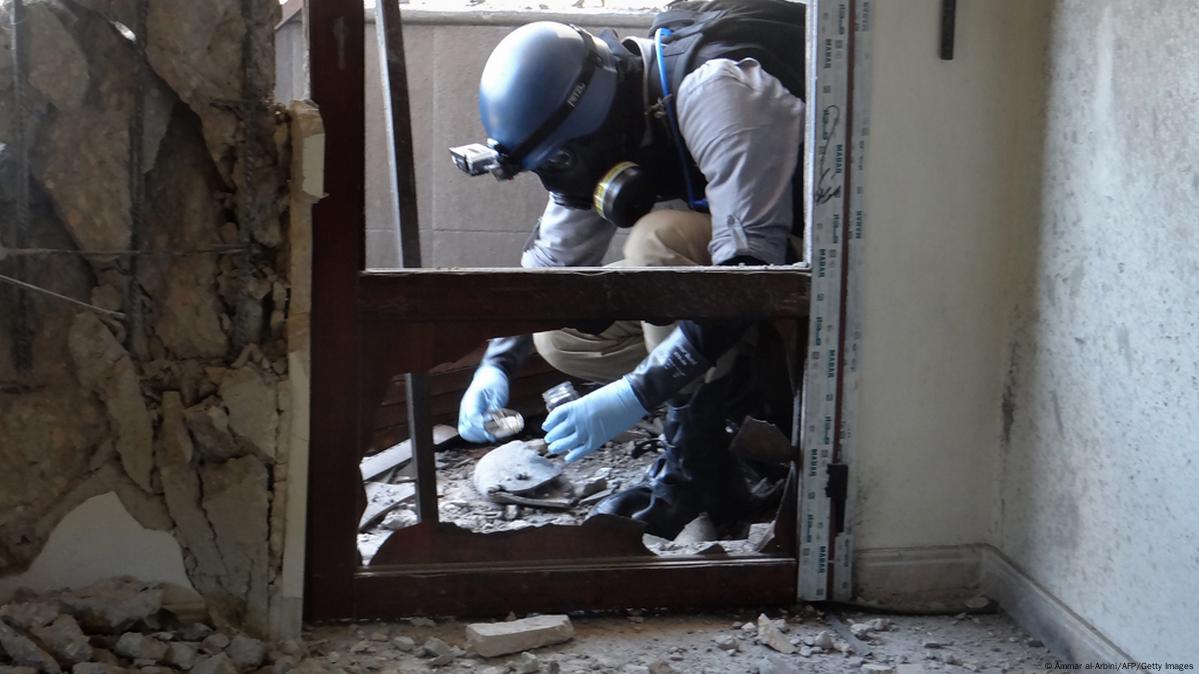
Sarin, chlorine, and mustard gas are all potentially lethal when weaponized, particularly in densely populated areas.
Experts warn that the unsecured nature of some sites could allow militant groups to gain access, heightening the regional and global risk.
During a March visit to The Hague, Syria's foreign minister pledged to destroy any remnants of the Assad-era chemical weapons program and cooperate with international law.
While the OPCW has begun limited documentation work in Syria, full cooperation remains uncertain. The new Syrian government has yet to appoint an ambassador to the OPCW, a key diplomatic step.
The Ministry of Defense declined to comment, stating only that the issue was not under its jurisdiction.
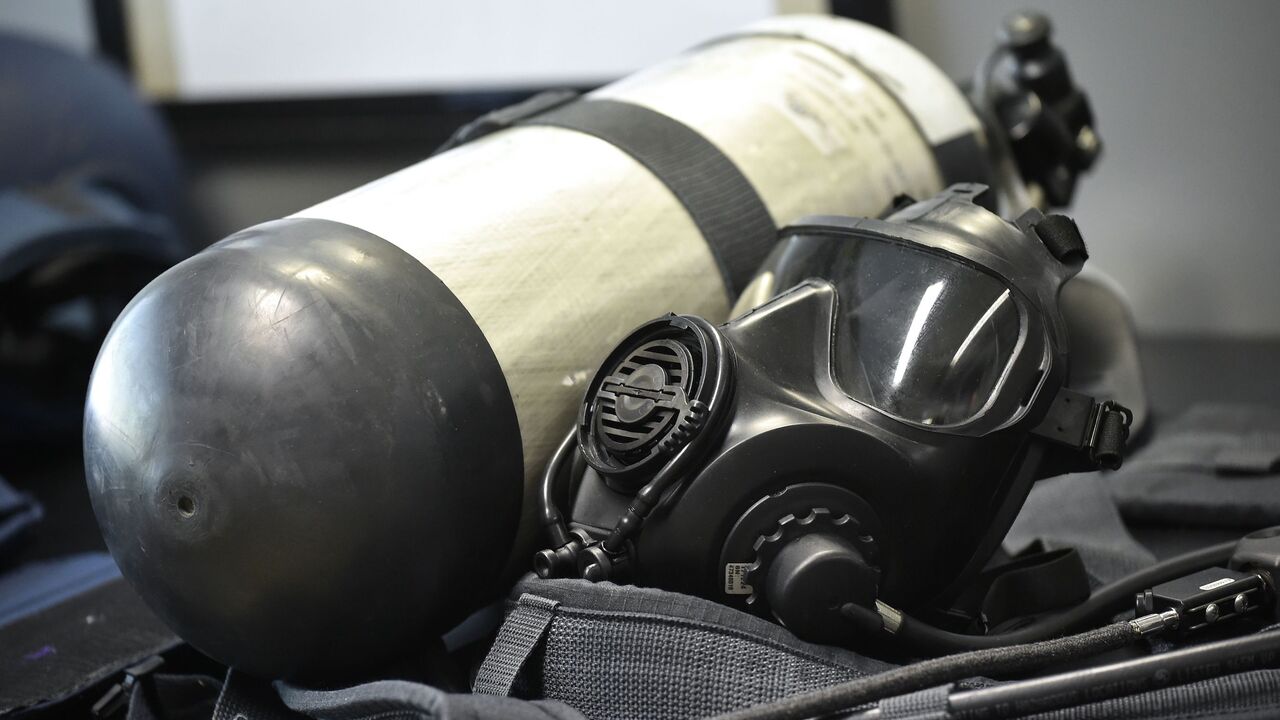
In the early civil war years, Assad’s government declared 27 chemical weapons sites to the OPCW, which shut them down. However, the regime continued using chemical weapons through at least 2018, including a sarin gas attack on Ghouta in 2013 that killed hundreds.
Investigators say the Syrian regime also continued importing precursor chemicals needed to produce chemical weapons despite international pressure.
Syria’s use of chemical weapons has drawn widespread condemnation. Key incidents include:
International monitoring organizations, such as the Organization for the Prohibition of Chemical Weapons (OPCW), have documented repeated violations by the Assad regime.
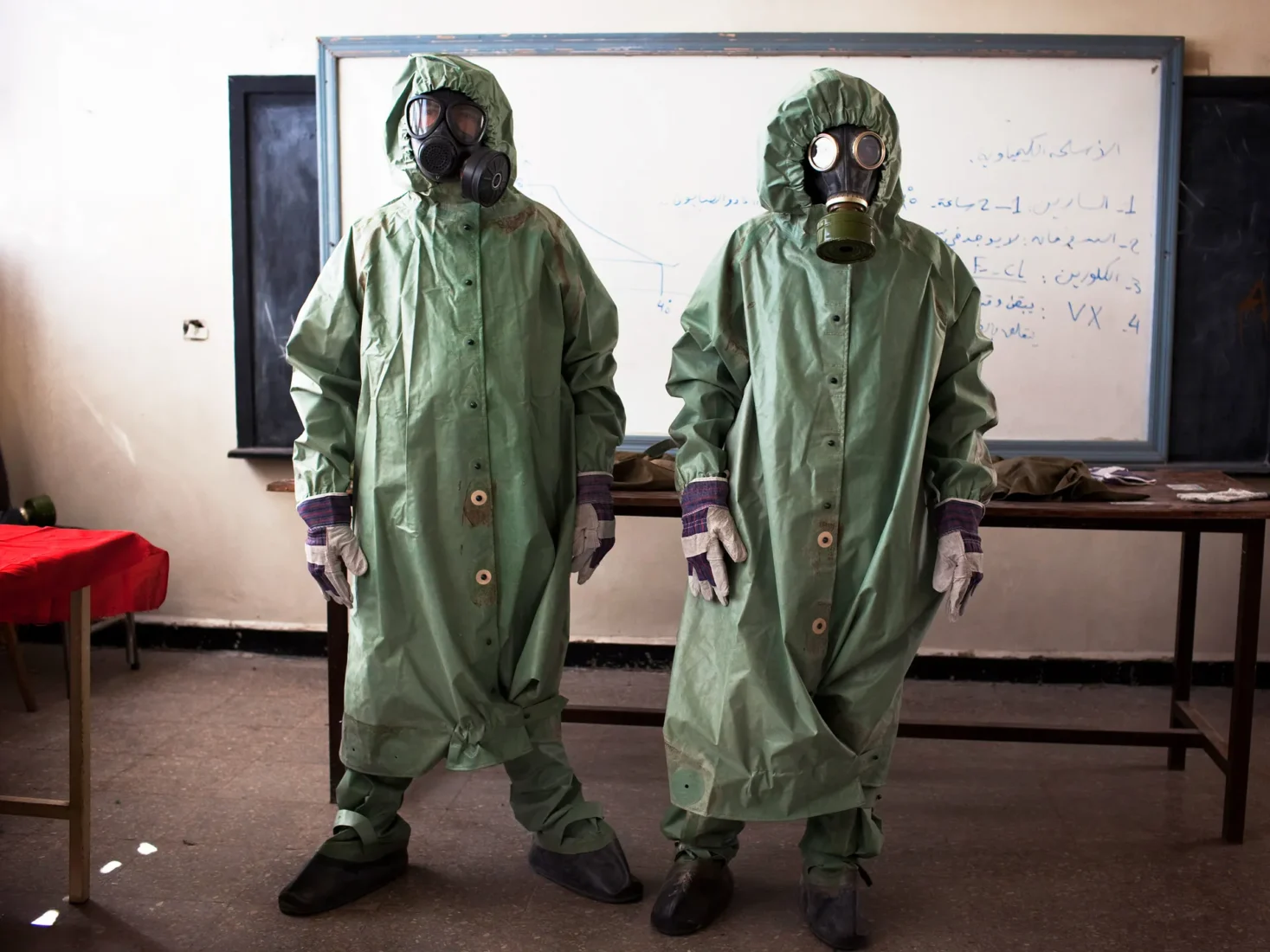
Last year, Israel conducted airstrikes on the former regime's chemical facilities. Analysts remain unsure whether these strikes destroyed weapons or only disrupted investigations.
"The Israeli attacks that happened right after the fall of Assad probably did not put a dent in this and may have obscured accountability efforts," said Natasha Hall, senior fellow at the Center for Strategic and International Studies.
International inspectors hope to collect evidence for potential prosecutions related to chemical weapons use. Witnesses, former Syrian scientists, and humanitarian organizations continue to provide data on undisclosed sites and past attacks.
Some of the hidden gravesites in areas like Zamalka—used to bury victims of chemical attacks—have reportedly been tampered with or erased by government forces after retaking control.
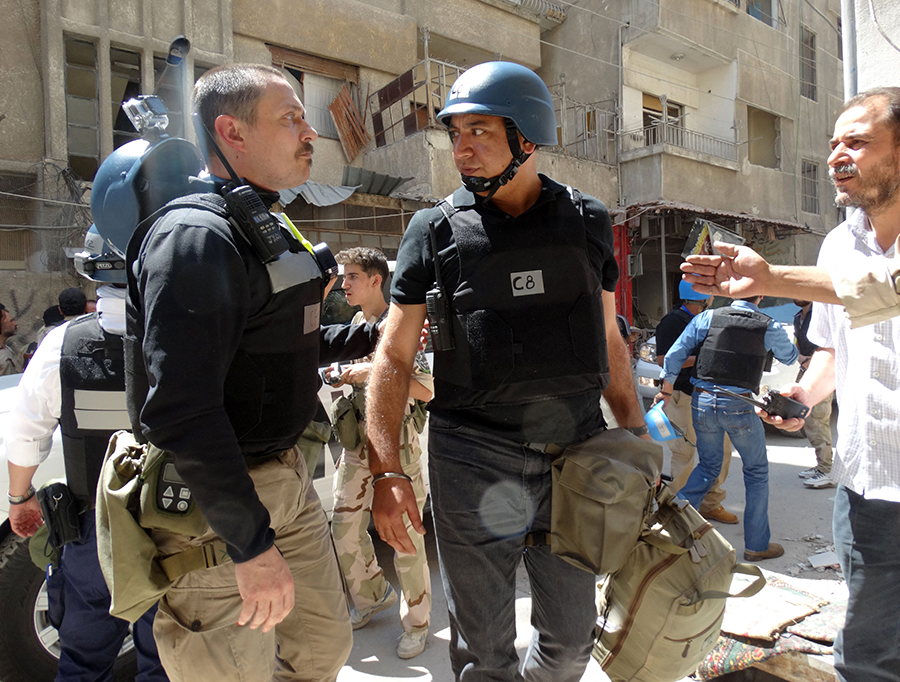
While the new leadership has expressed willingness to cooperate, OPCW inspectors remain cautious. They recall previous promises that were never fulfilled by Assad’s government. In one case in 2014, a roadside bomb injured members of a convoy investigating a suspected site.
Syria's chemical weapons program, which began in the 1970s with assistance from European-trained scientists, remains under intense international scrutiny. Many of the program's researchers fled during the war, but others reportedly remain in the country.
The United States has sanctioned over 300 individuals and entities linked to the program.